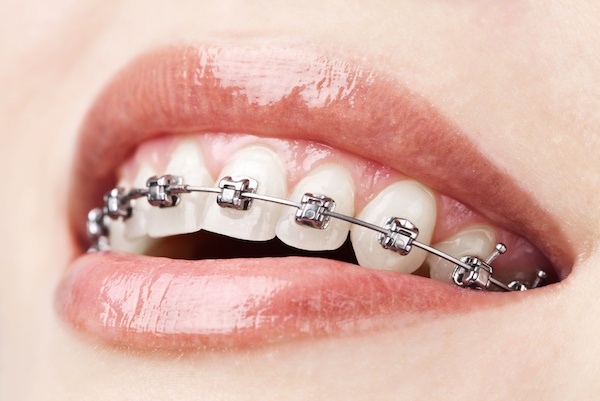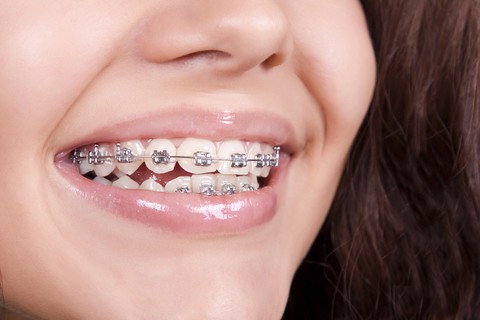Braces are a highly effective orthodontic treatment designed to straighten teeth and correct bite issues. Many parents and individuals wonder about the right age to get braces, as timing plays a crucial role in achieving the best results. While braces can be beneficial at any age, experts suggest that the most effective period for orthodontic treatment is during childhood or adolescence. However, adults can also achieve a beautifully aligned smile with the right orthodontic care. If you're considering Braces in Dubai, understanding the best age for treatment can help you make an informed decision.
Ideal Age for Braces
1. Early Childhood
The American Association of Orthodontists (AAO) recommends that children have their first orthodontic evaluation by the age of seven. While this doesn’t necessarily mean they will need braces immediately, early assessment helps detect potential dental issues, such as crowding or misalignment. In some cases, interceptive orthodontics (also known as Phase 1 treatment) may be recommended to guide jaw growth and create space for permanent teeth.
2. Adolescence
This is the most common and effective age range for braces. During adolescence, most permanent teeth have erupted, and the jaw is still growing, making it easier to shift teeth into their correct positions. Additionally, wearing braces at this stage is socially acceptable, as many peers undergo similar treatments.

Benefits of Getting Braces During Adolescence:
- Faster results due to ongoing jaw development
- Easier to correct severe misalignments
- Higher compliance with orthodontic care
3. Adulthood
Braces are not limited to children and teenagers—adults can also achieve stunning results with orthodontic treatment. While adult treatment may take longer due to fully developed jawbones, advancements in orthodontics, such as clear aligners and ceramic braces, offer discreet and effective options.
Advantages of Adult Braces:
- Enhanced confidence and professional appeal
- Customizable treatment options like clear aligners
- Improved oral health by correcting bite issues
Types of Braces
1. Metal Braces
Traditional metal braces are the most common type. They are highly effective for treating complex dental issues and are often the best choice for younger patients.
2. Ceramic Braces
These braces function similarly to metal braces but have tooth-colored or clear brackets, making them less noticeable.
3. Lingual Braces
Placed behind the teeth, lingual braces are virtually invisible, making them an excellent option for those concerned about aesthetics.
4. Clear Aligners
A modern and removable alternative, clear aligners offer a nearly invisible treatment option, making them popular among adults and teens.
FAQs
Can I Get Braces at Any Age?
Yes! While early treatment is often more efficient, orthodontic care is beneficial at any age.
How Long Do Braces Need to Be Worn?
The duration varies depending on the complexity of the case, but most treatments last between 12 to 24 months.
Do Braces Hurt?
Braces may cause mild discomfort initially and after adjustments, but this subsides within a few days.
What Foods Should I Avoid with Braces?
Sticky, hard, and chewy foods should be avoided to prevent damage to the braces.
How Do I Maintain Oral Hygiene with Braces?
Brushing and flossing regularly, along with routine dental check-ups, are essential for maintaining healthy teeth and gums.
Conclusion
Braces can transform smiles at any age, but the ideal time for treatment is typically between 11 and 16 years. However, with modern orthodontic advancements, both children and adults can benefit from customized solutions for straighter teeth and improved oral health. If you're looking for expert orthodontic care, consider Braces in Dubai to achieve a confident and beautiful smile with the best professional guidance.
Regardless of age, investing in braces can enhance not only your smile but also your overall well-being. Schedule a consultation with an orthodontist today to explore the best options for you!






Comments